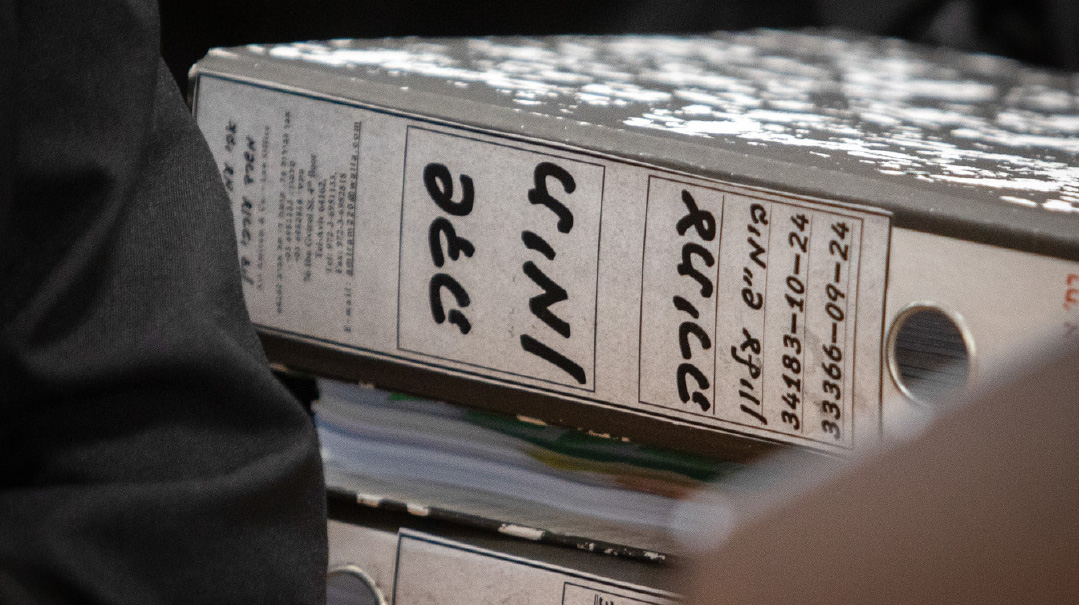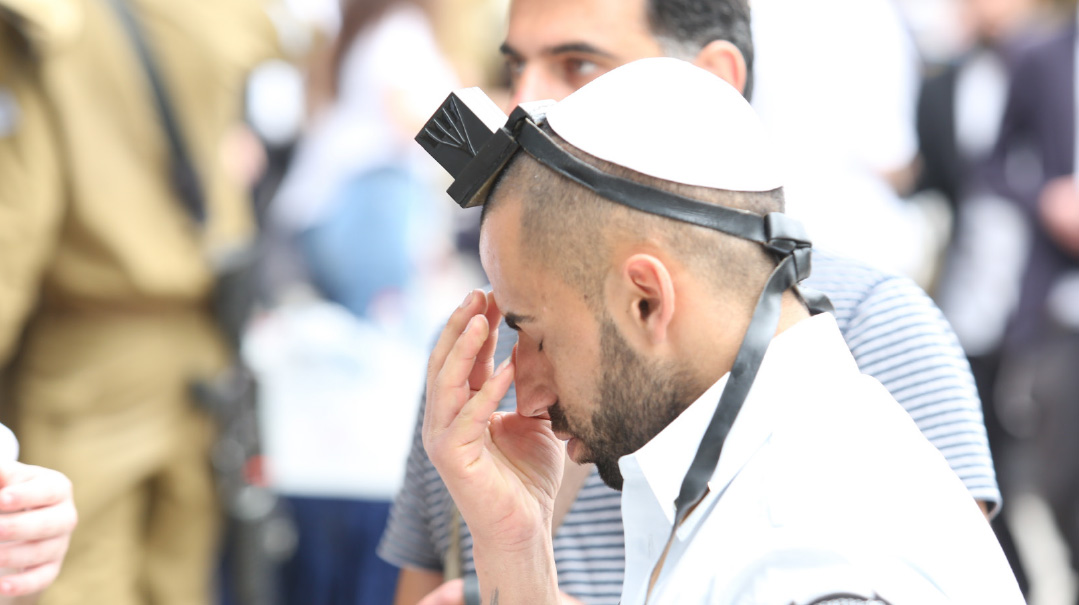Birthright Drops Reform


H a’aretz’s Judy Maltz reported November 26 that Birthright has dropped the Reform movement as a trip provider because it has failed to enlist sufficient numbers of American Jews between 18 and 26 in its programs. And Maltz is not happy about it as her scare headline “How Orthodox Groups Are Taking Over Birthright and Using It to Target Young US Jews ” makes clear.
A quarter of all Birthright participants Maltz reports now come to Israel on Orthodox-sponsored programs even though the number of Orthodox participants in the program is under 5 percent. Over the past decade Birthright has been gradually consolidating the number of trip providers — going from 33 to 10. Of those remaining three are Orthodox: Mayanot (Chabad) Free Spirit (OU Aish HaTorah and Meor) and Ezra. The first two are among the largest of the trip providers.
A third of Birthright participants identify as Reform. But as the removal of the Reform trip provider from the program indicates they have little interest in coming to Israel on Reform-sponsored trips.
Maltz views this as some sort of nefarious plot to turn young American Jews Orthodox. But her explanations of how the Orthodox cabal works do not hold up.
Her first is that the Orthodox participation reflects the replacement of Michael Steinhardt and Charles Bronfman solid Jewish liberals by Republican super-funder Sheldon Adelson as the largest supporter of Birthright.
But as Gidi Mark director of Birthright points out Adelson has no involvement in program content. His contributions allow Birthright to subsidize the costs of the trip for participants but have nothing to do with which trip provider they choose.
Next Maltz argues that the $66 million provided by Diaspora Affairs Ministry currently controlled by the Bayit Yehudi party to strengthen Jewish identity on college campuses has disproportionately strengthened Orthodox groups. While campus kiruv may have benefitted from that funding it cannot be an explanation for the rise of the Orthodox trip providers and decline of the heterodox. That funding is in its first year and the trend lamented by Maltz is at least a decade old. The Conservative movement was already dropped as a trip provider ten years ago.
Finally Maltz suggests that the Birthright participants may not know that they are going on Orthodox-sponsored trips since the websites of the sponsoring groups show coed groups dressed in normal college attire. But that accusation too is false. Most of the Birthright students on these trips are already participating in campus activities with the organizations affiliated with their particular trip organizer and campus kiruv rabbis often accompany the trips.
The article notes that Birthright has very strict rules against any religious indoctrination on the trips. Indeed such kiruv successes as come from the trip build upon the increased sense of Jewish identity aroused by the visit (first time for most) to Israel and the offer to participants to extend the trip by three weeks at a yeshivah or seminary at minimal additional cost.
Birthright’s Mark sees nothing wrong with that. “We are dealing with people who are very intelligent. They are all mature people older than 18. I myself never heard any complaint about any misuse of the relationship by our trip organizers. Until now we have never received a complaint.”
One Reform campus Hillel director quoted by Maltz provides the true explanation of the Orthodox success: “The [Orthodox] organizations are extremely good at relationship-building with the students. They also have lots of money.” In other words Orthodox success reflects the tremendous investment of manpower and money by Orthodox philanthropists in campus kiruv.
Maltz admits that the Reform and Conservative movements have almost no campus presence. In short the Orthodox simply care more about the Jewish future of Jewish college students than do the heterodox.
REFORM LEADER RICK JACOBS is predictably unhappy about the current state of affairs. He blames the Israeli government: “You cannot have the religious authenticity of the majority of young American Jews questioned by the Israeli government and say it doesn’t affect how people think about traveling to Israel [emphasis added].” But the issue from the Reform perspective is not that those raised in Reform homes are unwilling to come to Israel. As noted above they constitute at least a third of participants. It is that they don’t want to come on Reform-sponsored trips.
It is not that the Israeli government views Reform as religiously inauthentic but that kids raised in Reform homes do. In a moment of candor at the 2013 Reform convention in San Diego at which as reported by the Jewish Telegraphic Agency young people were conspicuous by their absence Jacobs himself admitted that by the time kids raised in Reform temples have reached their late teens “we have lost 80 percent.”
At those points in their life when those raised in Reform temples seek some authentically Jewish experience they do not turn to the movement in which they were raised. They already know that there is nothing to be found there that will help them understand why it matters if they or their children are Jewish or why the collective existence of the Jewish People makes a difference. So they are open to at least hearing what the Orthodox have to say about these matters.
Something similar has already taken place among an older demographic of Jews raised in Reform temples. As my friend Rabbi David Eliezrie a long-time Chabad shaliach in southern California points out on any given Shabbos there are likely to be more Reform Jews in Chabad centers across North America than in Reform temples. They may not yet be fully mitzvah observant but if they want to daven in an authentic Jewish manner they know enough to turn to the Orthodox.
The Reform movement has been complicit in its own demise with Birthright in another way as well. The premise of Birthright’s founders Steinhardt and Bronfman was that Israel would be a positive source of Jewish identity for Jewish young people.
That is no longer a premise shared by much of the Reform and Conservative leadership. For them Israel is more a source of embarrassment than pride. Rick Jacobs for instance has been actively involved for years in both J Street and the New Israel Fund two “pro-Israel” groups that can never find a single action of the Israeli government to support.
Yoav Schaefer a former student member of Hillel’s international board of directors attributes the dominance of the Orthodox in Birthright recruitment process in large part to the “increasingly complicated relationship of the progressive Jewish movements — especially the Reform and Conservative — with Israel.” By contrast the Orthodox “remain steadfast in their support for Israel.”
To the extent that Birthright participation is a barometer of success campus kiruv would seem to be one area in which the Orthodox community can take pride. It is certainly one more indicator of the growing irrelevance of the heterodox movements to the Jewish future.
Happy Birthday Mrs. Halberstadt
One of the differences between chareidi Jewish life in Israel and that in the United States is that in Israel we are much more likely to live in apartments than houses. Despite have grown up in a beautiful ranch house designed by my parents with a tree-filled ravine on one side and a large backyard I confess that I prefer the intimacy of apartment living with ten other families in close proximity.
We have been blessed with special neighbors. But none have had a greater impact on our lives than our next-door neighbors for more than 30 years the late Julius Halberstadt and his wife Esther (née Carlebach) — he ramrod straight and well over six feet and she barely reaching five feet. Though they were usually in Israel only twice a year for six weeks at a time those visits always have been and continue to be state occasions in the Rosenblum family.
When they were young my children lined up outside the Halberstadts’ door as soon as they noticed the lights on in the apartment. And today they line up to introduce their own children. Sure the presents — almost every one purchased for less than a dollar on 16th Avenue in Boro Park — were part of the attraction.
But much more important was the peerless smile and twinkle in Mrs. Halberstadt’s eyes. From her my wife and I learned most of what we needed to know about grandparenting including that it is not the price of the present but the love and thought with which it is given that will be remembered.
Mrs. Halberstadt celebrates her 95th birthday this Shabbos together with close to 250 direct descendants — a representative but not complete sampling — and their spouses. That is as it should be. At an age when most people have begun to detach from life she is fully involved in the lives of her children grandchildren and great-grandchildren. Board games are always available to play with those close enough to walk over for Shabbos. Birthdays are all remembered. Photo albums travel with her.
But it is not only her own direct descendants with whom she remains in contact. She knows her siblings’ and Mr. Halberstadt’s siblings’ descendants unto the fourth generation. When she is in Israel there is scarcely a night when she does not have a simchah. One of her closest friends of 70 years is a woman who was engaged to Mrs. Halberstadt’s idolized older brother who perished in Dachau. And her family is Mrs. Halberstadt’s as well.
Past the age of 90 she published a memoir Lost Not Forgotten of the Carlebach family of distinguished German rabbis from which she is descended. And no matter how late she arrives the previous day the next morning she is in front of the building waiting for her ride to the swimming pool (at least until very recently).
Her life has not been without pain. Her father and brother never made it out of Germany. She was sent alone as a young girl to England on the Kindertransport. And her beloved oldest daughter Tillie was taken at just past 40. They and her late husband are not forgotten.
Yet I have never met anyone so capable of enjoying the little pleasures in life: the view from her tiny patio a sprouting plant the fruit compote she brings whenever she joins us for a Shabbos meal.
She can only be described as 95 years young. In her joie de vivre and concern for so many thousands she provides all who know her with a clue to the elixir of life.
To Mrs. Halberstadt: On to 100 (a milestone reached by her mother and two aunts) and beyond.
Originally featured in Mishpacha Issue 688. Yonoson Rosenblum may be contacted directly at rosenblum@mishpacha.com
Oops! We could not locate your form.







